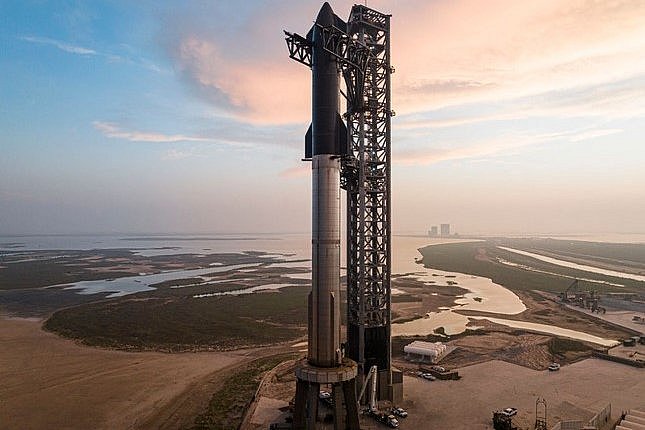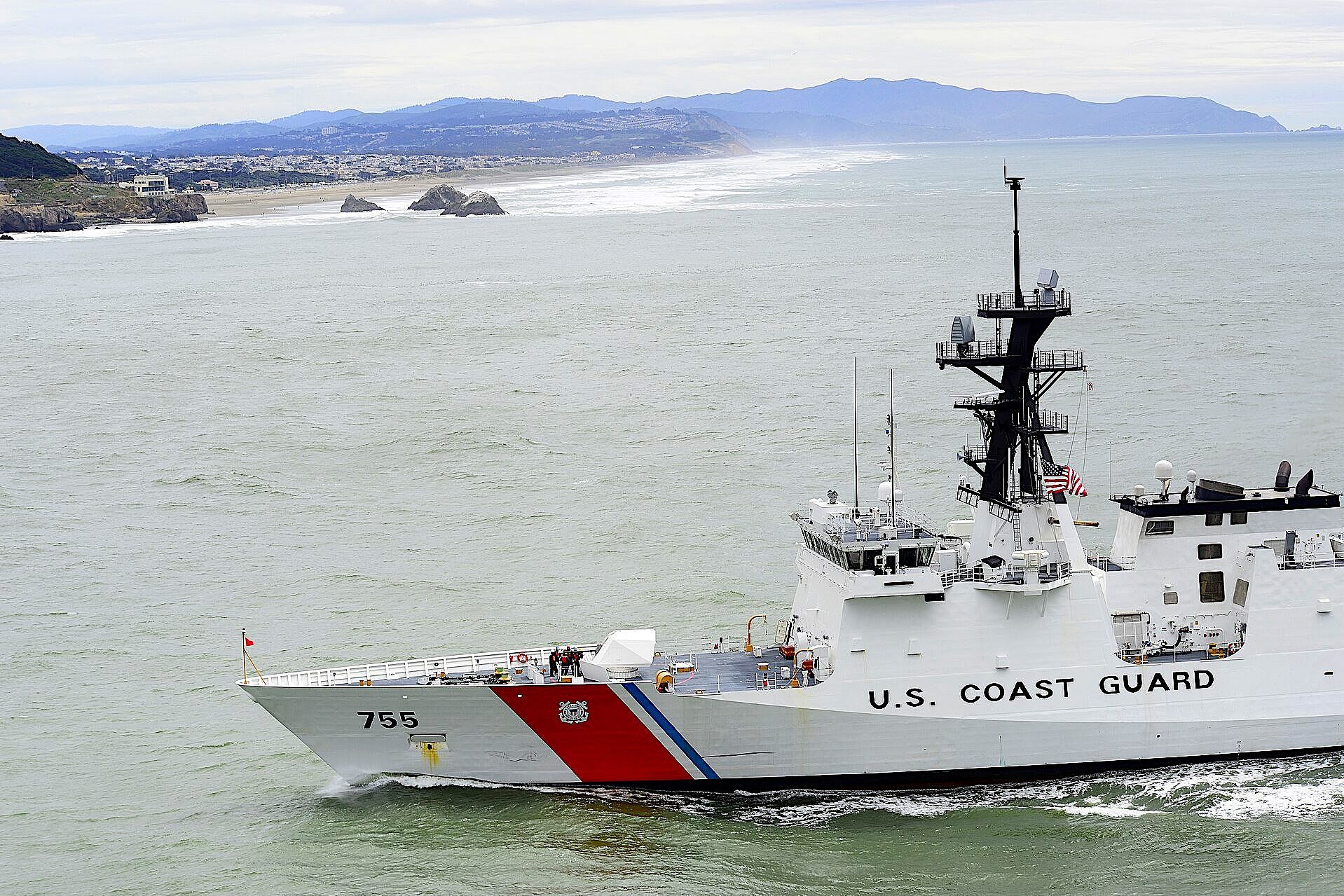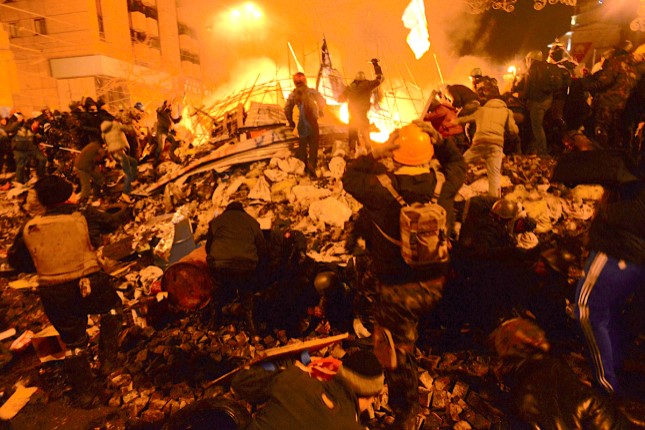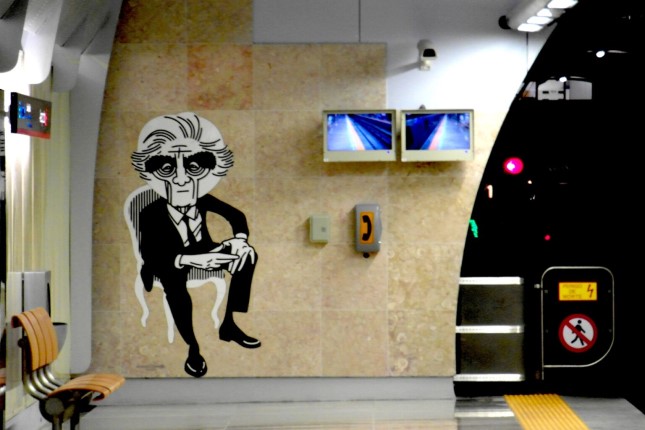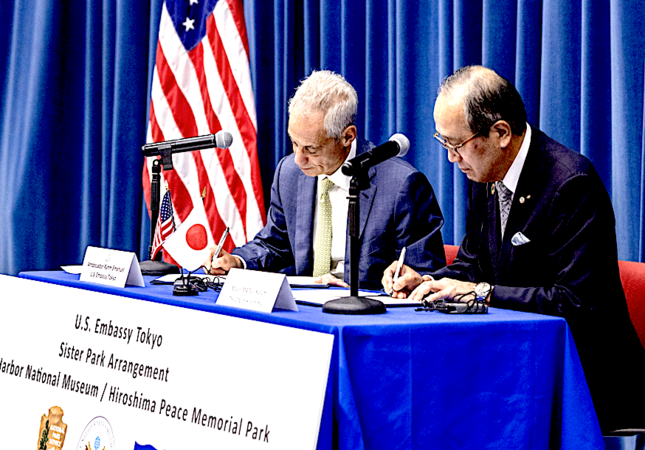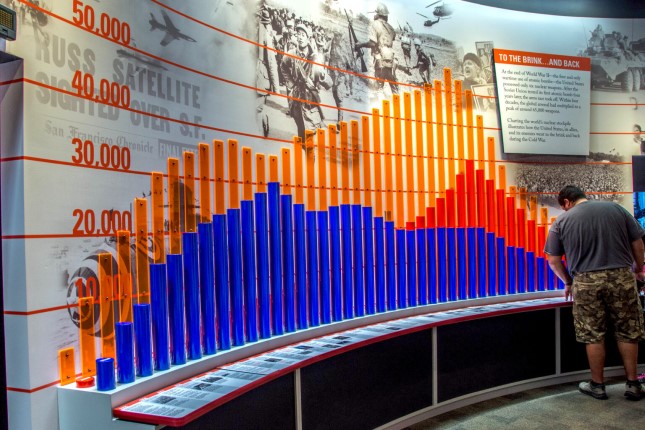Which the company’s CEO, Elon Musk, claims will one day ferry humans to Mars—failed Thursday morning when the rocket exploded less than four minutes after its launch from the SpaceX Starbase facility on the coast of southern Texas.
The flight was uncrewed in preparation for future manned missions. It was slated to do a suborbital mission that would end with a soft landing of the Starship stage of the spacecraft off the coast of Kauai.
A press release from SpaceX indicates that the company itself initiated a “flight termination system” after the spacecraft began to tumble off its projected course. The company also claimed that the mission was a “success” despite the “rapid unscheduled disassembly,” a bizarre euphemism for blowing it to bits.
The corporate media followed SpaceX’s lead in declaring the mission a success despite the vehicle blowing up. The New York Times justified it as a “learning experience” and the Washington Post touted the “successful launch” of the mission because the rocket cleared the launch tower. CNN crooned that the affair was a “defining success.” And SpaceX employees, perhaps prompted by company officials, cheered when the rocket exploded.
While a full analysis of the incident has yet to be released, early reports suggest that the launch was far from such uncritical descriptions. Video footage of the launch shows that the rocket was thrown off course after its first and second stage failed to separate. The first stage, a booster called Super Heavy, was expected to detach from the second stage, the actual Starship spacecraft, about three-and-a-half minutes into the flight and land in the Gulf of Mexico. When it didn’t, and when Starship began its programmed roll maneuver with the booster still attached, the whole system began flying wildly.
Video also shows that eight of booster’s 33 Raptor engines failed at some point during the launch, some possibly as early as liftoff. It is possible that debris from the launch pad caused by the launch flew up and struck the rocket, initiating a series of cascading problems that caused certain engines to fail and possibly even prevented booster separation.
The spacecraft’s failures may also be linked to a frozen pressurization valve, which caused a Monday launch attempt to be scrubbed.
Several other problems with the launch emerged in the hours afterwards. In an effort to cut costs and move the launch timeline forward, SpaceX opted to forgo the standard flame trench and water deluge system of every other modern spacecraft launch site, which are designed to contain and safely dissipate the vast amounts of heat and sound energy released from a launch.
As a result, while the launch pad wasn’t destroyed, as touted by the company’s billionaire CEO Elon Musk, it will likely be unusable for months. The rocket plume was so strong that it dug out the concrete base of its launch pad and flung debris and dust for miles. In addition, residents of Port Isabel, a town about five miles north of the launch site, have also reported on social media that “particulates” rained down on the town after the rocket exploded. Offsite methane storage tanks were dented from the colossal pressure caused by the launch.
Each launch of the full Starship Orbital system also has a large environmental impact. Starbase is located between the Boca Chica Wildlife Refuge and the Las Palomas Wildlife Management Area, which are unique habitats in the northern hemisphere and home to some federally protected endangered species. Not only have SpaceX launches massively disrupted this ecosystem, they have no doubt killed many of the members of these endangered species. It has been observed for decades that the noise caused by large rocket launches will kill animal life as far as a mile out. SpaceX’s launch tower is a mere 500 feet away from protected habitats.
When SpaceX was authorized to do launches at Starbase in 2015, it was able to avoid regulations ostensibly in place to prevent such destruction by claiming that future Starship launches, which would number in the dozens each year, will have the same “low impact” as two to three launches of the much smaller Falcon 9.
Musk’s flagship company has similarly been able to avoid regulations to prevent dangers to human life. The closest city to NASA’s Cape Canaveral is 15 miles away, three times the distance between Starbase and Port Isabel and another nearby city, South Padre Island. And the Baikonur Cosmodrome, the world’s first spaceport, built by the Soviet Union in 1955 and now operated by the Russian space agency Roscosmos, is dozens of miles from the nearest city. Both the NASA and Soviet launch sites were built so far away from established residences in part to minimize the type of danger and damage to lives and livelihoods caused by SpaceX’s latest launch.
It is also worth noting how far SpaceX would be from human flight even if Thursday’s launch had been successful. While NASA has selected the Starship to be its lander for future moon missions, the spacecraft is still far from complete. It has yet to demonstrate it can land intact and it still does not have a life support system. In order to be reusable, one of the main selling points, SpaceX still has to figure out a way to refuel the ship in outer space. A recent article by Bloomberg estimates that such endeavors will take years and cost billions of dollars, far missing the mark of NASA’s planned moon landing in 2025 and a contract to SpaceX for doing so of $2.9 billion.
Of course, SpaceX does not exist as a corporation in a social vacuum. In many ways it represents the fatal contradictions of the social and economic system from which it arose.
Far from exploring the final frontier, space exploration under capitalism has become completely stunted since the years of Apollo. The technology which SpaceX uses is fundamentally the same as that of the Saturn V (more accurately the failed Soviet analog, the N1), despite the colossal scientific advances made over the past 50 years. At the same time, spaceflight has been reduced from a collective effort on a national scale to lurching forward with half measures at the whim of a few individuals.
And the launch itself no doubt was seen as a way to draw attention away from Musk’s many other failing projects. The day of the launch, Tesla stock dropped almost 10 percent after a poor earnings report. The social media platform Twitter, which Musk turned into his private property last year, is now worth half what Musk bought it for as users flee the platform in the aftermath of his purchase.
More than Musk’s personal failings, however, the failed SpaceX launch should be taken as a warning of the trajectory, so to speak, of capitalism as a whole. The coronavirus pandemic, climate change and the threat of nuclear war all hang over humanity, threatening to turn the entire Earth into this morning’s flaming ball in the sky.
Photo: SpaceX Starship on the launch pad.
Source: World Socialist Web Site.
